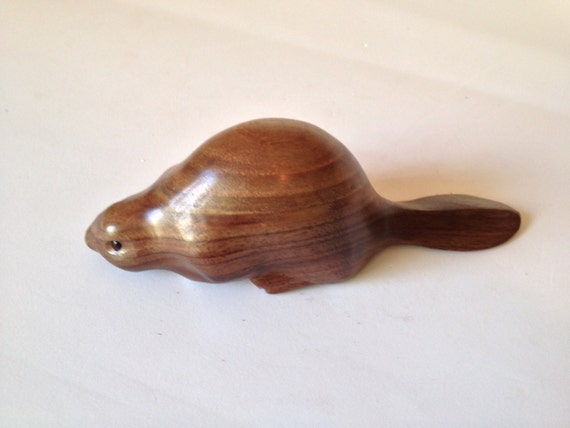Do you remember how you felt when your least favorite cousin did an amazing job in the school play? Well get ready for a surprise from the USDA.
UPDATE: Just got an email from Jimmy who wanted very much to know why he was our least favorite cousin! NOOOOOO What I meant to say was that if federal agencies who managed beavers were all like our cousins, USDA would probably be our least favorite. Not Dr. Taylor personally. Ohh….
(Must remember that sometimes people actually read this site…)
The Evolution of Flow Devices Used to Reduce Flooding by Beavers: A Review
JIMMY D. TAYLOR & RUSSELL D. SINGLETON,
Dams created by American beavers (Castor canadensis) are associated with positive and negative values, and beaver management decisions are based on stakeholder perception and levels of tolerance. Lethal trapping is a widely used and accepted tool to reduce beaver damage caused by flooding; however, acceptable and efficacious non-lethal tools are increasingly desired by the public. We traced the origin of non-lethal tools used to reduce beaver flooding as far back as the early 20th century, when beavers received protective status and were reintroduced to many areas across North America.
These tools focus on 2 general factors—exclusion and deception—and can be categorized as fence systems and pipe systems. We found few technological advances in tools to reduce beaver flooding until the 1980–1990s, when fence systems and pipe systems were integrated to create “flow devices.” There are few studies that evaluate fence systems, pipe systems, and flow devices; however, we address their findings in chronological order.
We recommend that natural resource managers avoid using fence systems or pipe systems alone, unless they can be used in areas where maintenance requirements and expected damage are extremely low. Flow devices are not intended to replace lethal control; however, we recommend use of flow devices as part of integrated management plans where beaver flooding conflicts are expected and where local conditions allow flow-device installation and maintenance. Future research should evaluate flow devicesunder a range of environmental conditions and include considerations for fish passage.
Published 2013. This article is a U.S. Government work and is in the public domain in the US
Go read the whole thing here. (Oh and don’t neglect the thank yous at the end where reader H. Perryman is mentioned.)









![foundonebeav[1]](https://www.martinezbeavers.org/wordpress/wp-content/uploads/2014/01/foundonebeav1.jpg)







































